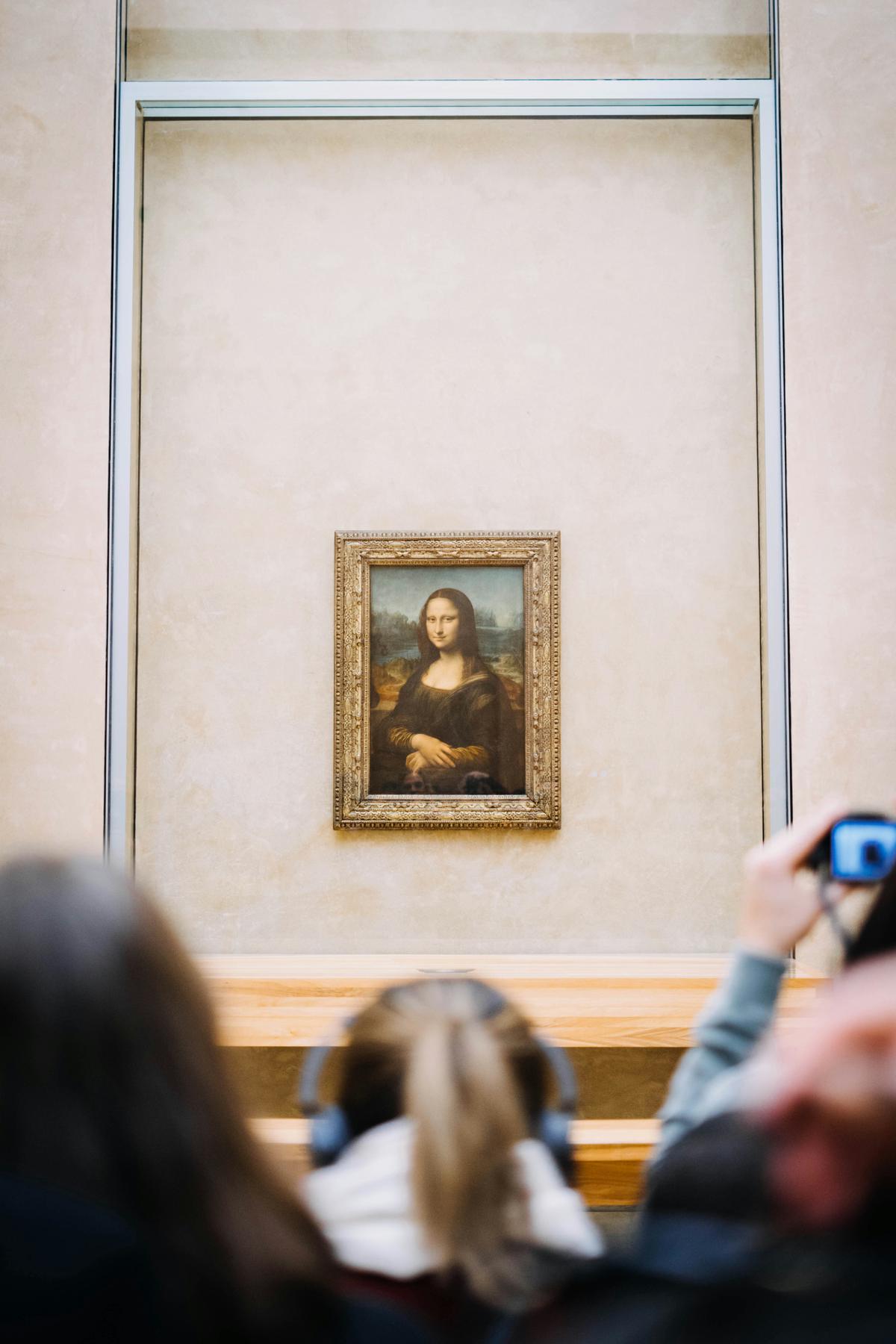Classical Portraiture
During the Renaissance, portraiture gained popularity among royalty, nobility, and clergy. Artists became sought after for their ability to capture a person's essence. Portraits evolved into powerful statements of authority and lineage.
Leonardo da Vinci's work, like the Mona Lisa, became iconic for its lifelike representation. His sfumato technique softened lines, bringing unprecedented life to faces. Hans Holbein the Younger painted with precision, capturing both appearance and essence of his subjects. Working for figures like Henry VIII, Holbein's style conveyed the power and personal stories of Europe's elite.
These artists established a style where every detail recounted stories of status and human experience. Their work transformed realism beyond mere likeness, turning paint and canvas into storytellers of identity and aspirations.
Transition to Modern Styles
As history progressed, portraiture ventured into new territories. The Rococo period brought a playful charm, with Jean-Antoine Watteau presenting elegant scenes of joy. The Romantic era infused emotions onto canvas, turning portraits into poetic tales of passion and introspection.
The Impressionists shook traditional portraiture's foundations with vibrant dabs of light and color. Pierre-Auguste Renoir transformed simple gatherings into layered masterpieces of light and texture. Artists now favored capturing moments and emotions over minute details, turning portraiture into a sensory and emotional experience.
Modern and Contemporary Portraiture
The 20th and 21st centuries saw portraiture leap into abstract and conceptual domains. Pablo Picasso disrupted pre-existing notions with cubist marvels, challenging us to see beyond the ordinary. His fragmented visages still managed to convey his subjects' essence.
Cindy Sherman's self-portraiture examines multifaceted personas in modern society. By embodying various roles and stereotypes, she critiques societal labels and media representations.
Modern portraiture explores abstraction, revealing hidden truths about human emotion and our place in society. It continues to evolve, asking not merely how we are seen, but how we see ourselves in our changing world.
The Role of Portraiture in Society
Portraiture has adapted to societal changes over time. Once a symbol of power for the elite, it evolved to capture the dignity and struggles of common people. It became a mirror reflecting all societal strata.
The art form developed into a platform for activism and social commentary. Artists like Gustave Courbet challenged norms by painting everyday laborers. Today, contemporary artists continue this tradition, addressing issues of representation and identity.
Shona McAndrew reimagines the reclining nude as a celebration of body positivity. Cindy Sherman's self-portraits critique gender norms and media portrayals of women. Artists like Megan Lewis and Apolonia Sokol explore diversity, highlighting often sidelined stories of race, identity, and chosen families.
Modern portraits compel us to engage with diverse human experiences, pushing back against societal norms and inviting us to witness long-shadowed stories.
Influential Artists in Portraiture
Leonardo da Vinci elevated portraits from static likenesses to living characters. His Mona Lisa continues to inspire with its mysterious smile, showcasing his mastery in depicting the soul behind the visage.
Édouard Manet's bold approach, exemplified by "Olympia," marked a shift from romanticized figures to unembellished portrayal. His work challenged societal norms and assumptions about class, gender, and beauty.
Pablo Picasso's cubist portraits offered multiple perspectives, speaking to the complexity of human perception. His work influenced countless artists across generations, encouraging viewers to look beyond physical form to emotional and psychological essence.
Cindy Sherman reimagined portraiture through performative self-portraits. By embodying various personas, she examines identity constructs and challenges viewers to question societal archetypes.
These artists have chronicled human experience while inviting us to question and interpret artistic expression. Their legacies ensure that portraiture continues to evolve, telling new stories with every brushstroke.

Photo by zachdyson on Unsplash
Portraiture, with its rich history and innovation, has continually reflected and reshaped our understanding of identity and society. From Renaissance masters to contemporary visionaries, the art form has evolved into a dynamic discussion about who we are and how we perceive ourselves. This ongoing conversation, captured in brushstrokes and pixels, invites us to engage with the diverse stories that define humanity.
- Freedman H. Art Herstory: A Video Performance. J Feminist Art History. 1974;2(3):45-52.
- McAndrew S. Rose-Tinted Glasses. Exhibition catalog. New York: CHART Gallery; 2022.
- Lewis M. Soft Landings. Exhibition catalog. New York: Art Genesis; 2023.
- Sokol A. Apolonia, Apolonia. Documentary film. Directed by Lea Glob. Denmark; 2022.
- Farrell A. Serenade. Exhibition catalog. Los Angeles: Anat Ebgi; 2023.



















